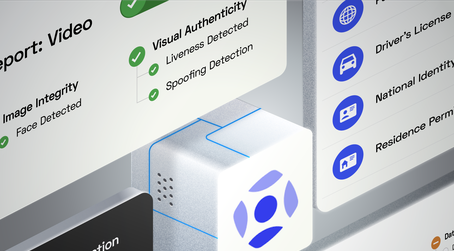
researchHQ’s Key Takeaways:
- The sheer number of cybersecurity alerts dealt with by security teams on a daily basis causes a sense of alert fatigue.
- Recognizing specific cybersecurity goals and risks is the first step to mitigating cybersecurity alert fatigue.
- Automating common analysis steps using AI and learning patterns of false positives can help in eliminating unnecessary noise and focusing on actionable alerts.
- Simplifying and contextualizing alerts can allow security teams to make quick and informed decisions.
- Maximizing overall security can generally minimize alerts and thereby avoid cybersecurity alert fatigue.
Cybersecurity products are a vital part of your organization’s information security strategy, but there’s a problem with them: the number of alerts they generate.
Ask any analyst and they’ll tell you about the firehose of cybersecurity alerts they are faced with on a daily basis, and most of those alerts don’t actually signal a real problem. According to a survey conducted by the Cloud Security Alliance, only about 23.2% of threat alerts were real, meaning that 76.8% were false positives.
It’s no wonder that analysts can’t — and don’t — pay attention to every single alert they receive. According to the same survey, 31.9% of analysts don’t pay attention to alerts anymore because of the sheer number of false alarms, and 25.9% get more alerts than they can handle.
That’s a lot of alerts that are going unacknowledged and plenty of companies that aren’t as secure as they think they are. And the stakes are high; Ponemon’s Cost of a Data Breach report, just one breach can cost a company $3.92 million.
Fortunately, there are several ways to help your security teams reduce alert fatigue.
10 ways to eliminate security alert fatigue
-
Know your cybersecurity goals
“Don’t get breached” is not a specific enough cybersecurity goal for most organizations. It’s important for your company to know exactly what assets it’s protecting from harm, and how those assets need to be secured. For manufacturers, the supply chain may need to be protected, while other organizations may focus on securing their Internet of Things, or protecting customer data. Having specific goals will help prioritize the alerts your team receives.
-
Know your cybersecurity risks
Once you know your goals, you can focus on the risks that jeopardize your most important assets. Knowing where your network is most vulnerable, who exactly might want to compromise it, and how they might go about it will help you set up targeted alerts.
-
Tune your products
With more than two thirds of default alerts being false positives, it’s clear that not every alert is a good alert. Prioritize your alerts by tuning your products so they give your team need-to-know data for your organization, and if you have gaps in that important data, find a product that fills those gaps.
-
Get rid of confusing, irrelevant, or overly complex data
Alerts should be relevant and easy to understand. If your team is getting byzantine alerts that don’t mean anything to them, or alerts that simply aren’t relevant, those alerts are simply making noise rather than telling you something you need to know. Better to not get them at all, and eliminate the extra noise.






